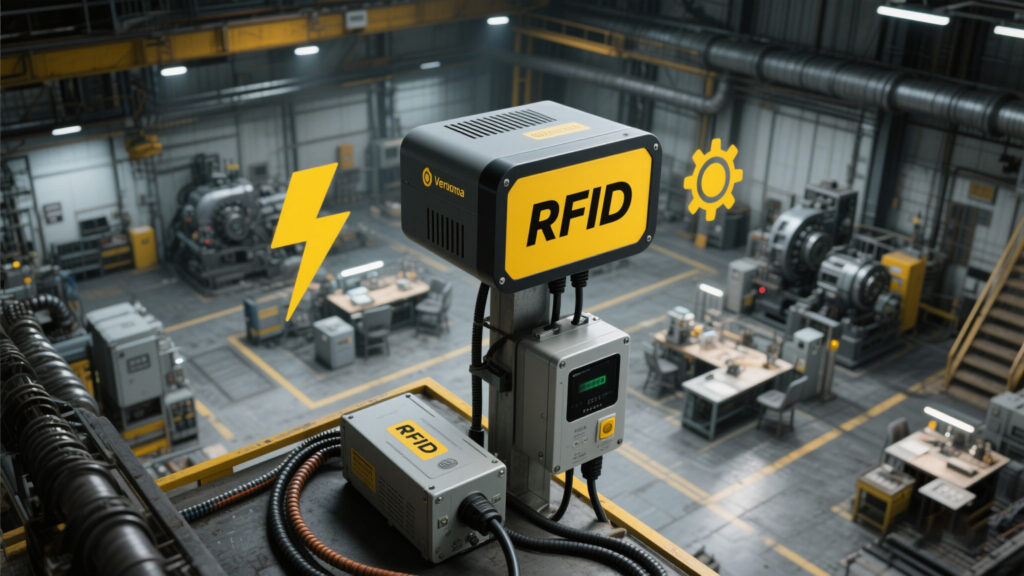How to Integrate RFID Readers with Existing Inventory Software?
758Learn how to integrate RFID readers with existing inventory software using APIs, middleware, and best practices. Cykeo’s guide ensures smooth data synchronization.
MoreAll RFID Product
Industrial long-range RFID readers demand stable, robust power systems to operate reliably in harsh environments like factories, ports, and mining sites. Their power needs depend on factors like read range, operational frequency, and environmental conditions. Below, we break down voltage specifications, energy efficiency strategies, and backup solutions to keep your RFID systems running 24/7.

Cykeo’s readers, for example, accept 24–48V DC and PoE+ (IEEE 802.3at), simplifying integration with existing industrial power grids.
A manufacturing plant using Cykeo’s PoE+ readers with UPS backups maintained 99.9% uptime despite frequent grid fluctuations.
Cykeo’s readers feature dual power inputs (DC + PoE) and adaptive energy algorithms to optimize consumption. Their systems support solar integrations and include real-time power monitoring via cloud dashboards, critical for facilities prioritizing sustainability and uptime.
Learn how to integrate RFID readers with existing inventory software using APIs, middleware, and best practices. Cykeo’s guide ensures smooth data synchronization.
MoreThis article provides detailed guide on how to use an Android phone to emulate RFID tags, covering prerequisites, HCE principles, development steps, and practical B2B applications such as access control testing and IoT device prototyping.
MoreLearn whether handheld RFID scanners require special training, what skills are essential, and how Cykeo simplifies onboarding for teams.
MoreLearn how to test RFID tags using your smartphone’s NFC feature. Discover apps, DIY methods, and troubleshooting tips for quick verification.
More